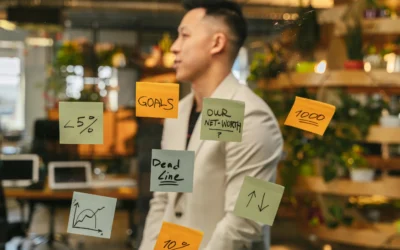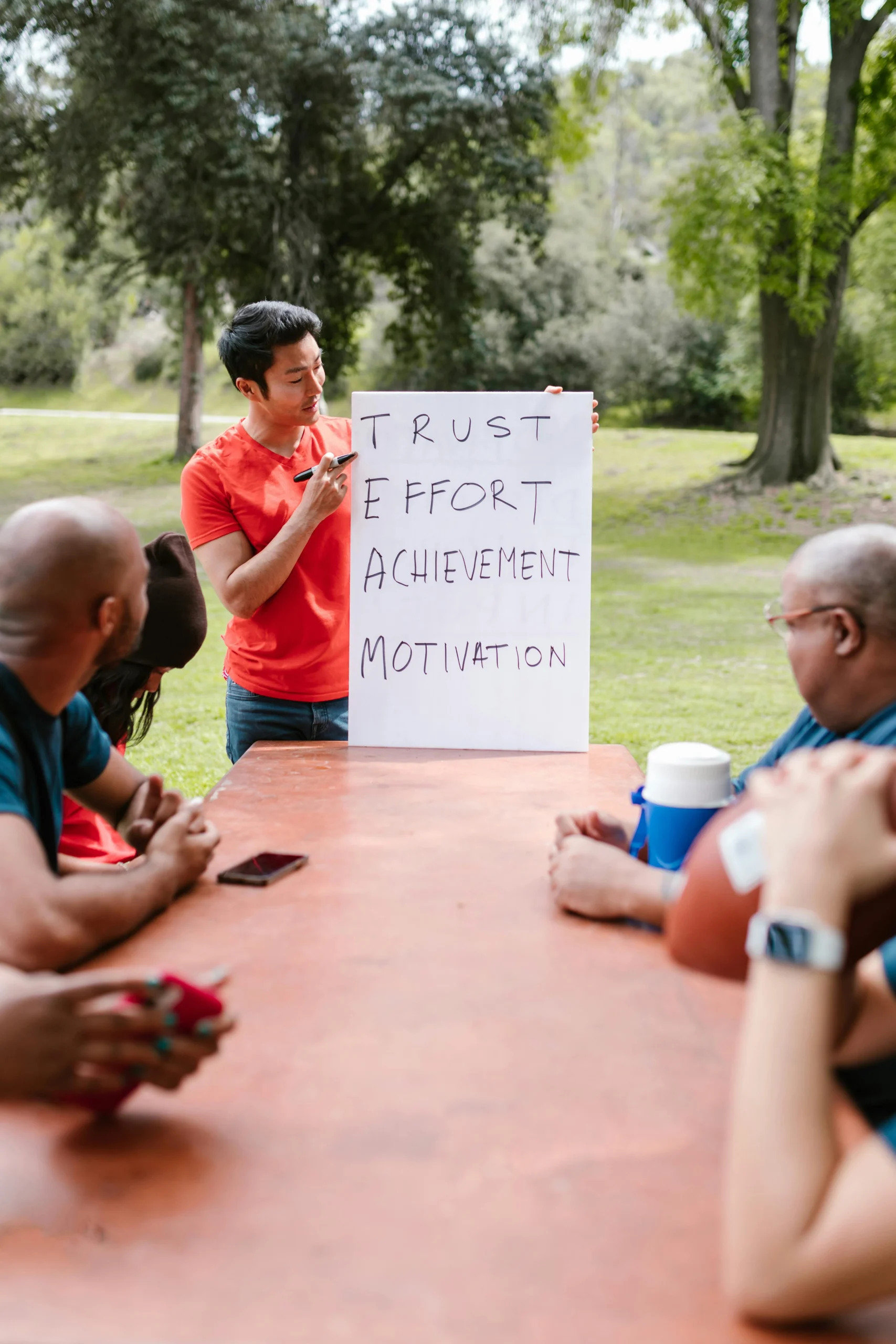Recent estimates show a 40% productivity loss when multitasking. In essence, psychology research confirms we can only focus on one task at a time. Therefore, “multitasking” is a misnomer; we actually “task switch.” Simply put, we can only think about or do one cognitive task at a time. For example, we can talk or read, read or type, listen or read—one thing at a time.
Although we’re good at switching quickly, creating the illusion of multitasking, the only exception is performing a familiar physical task while doing a mental task, like walking and talking. However, a 2009 study showed that people talking on cell phones while walking bumped into others more often and were less aware of their surroundings.
Facts about task-switching:
- It takes longer to complete tasks when switching between them, hindering effective multitasking.
- Switching leads to more errors.
- Complex tasks increase time and error penalties.
- Each switch may waste only 1/10th of a second, but these add up to a potential 40% productivity loss.
- Task switching involves multiple brain areas: the pre-frontal cortex for focus and selection, the posterior parietal lobe for task rules, the anterior cingulate gyrus for error monitoring, and the pre-motor cortex for movement preparation.
Stanford’s Clifford Nass notes that people dealing with multiple information streams struggle with attention, memory, and switching effectiveness.
Here are 5 ways successful people avoid multitasking and multislacking:
- Use the 80/20 rule: Focus on the 20% of tasks that yield 80% of your results. Being busy doesn’t equal effectiveness.
- Prioritize: Tackle your most important tasks first to reduce anxiety and boost accomplishment.
- Batch process: Instead of constant email checks, designate specific times for email and other distractions to avoid multitasking.
- Use concentrated time: Dedicate blocks of time to single tasks, minimizing distractions.
- Leave blank spaces: Allow your brain downtime for problem-solving and creativity.
Final Thought:
Minimize multitasking for optimal results. Practice the tactics of successful people to improve efficiency and effectiveness.





